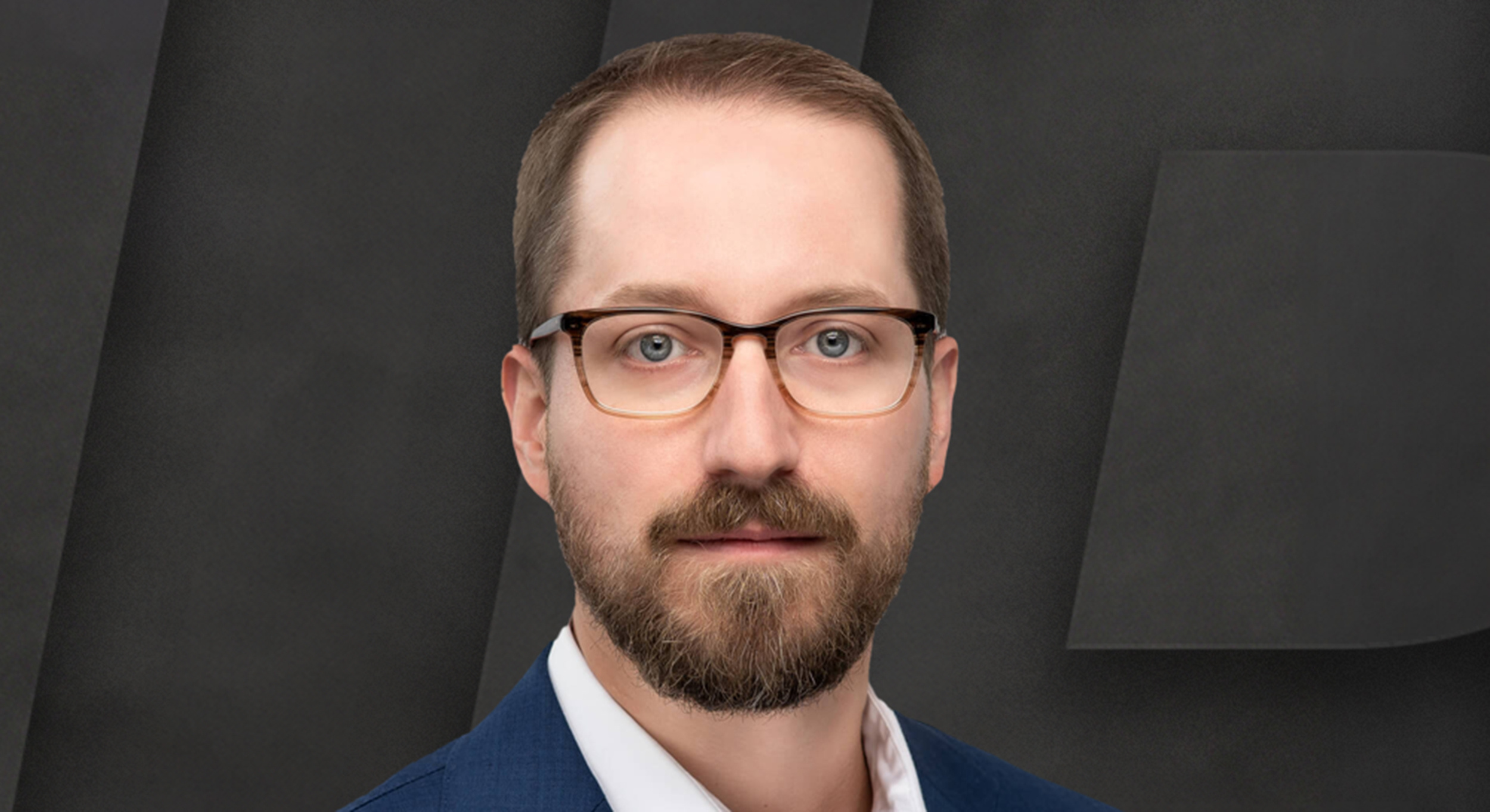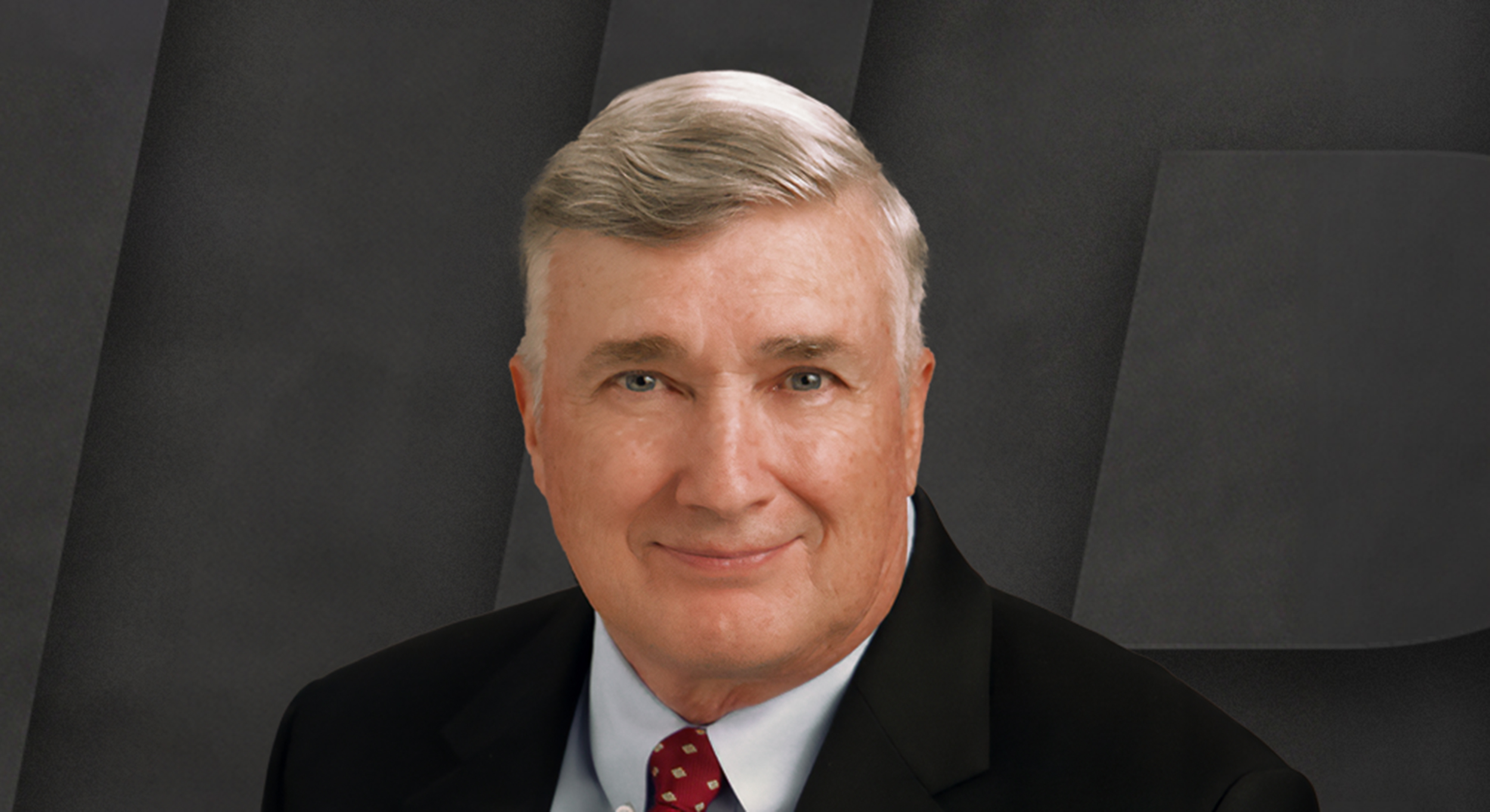EP 30 — Atomos Space’s William Kowalski on Effective Communication in Complex Space Missions
by Chris Petersen on Sep 24, 2024

On this week's episode of the DIB Innovators podcast, David speaks with William Kowalski, Co-founder & COO at Atomos Space, to explore the intricacies of launching a startup in the space industry. William shares his insights on navigating the challenges of raising capital, highlighting the importance of storytelling when pitching to investors.
He also discusses the critical role of team dynamics in fostering innovation and maintaining morale in a fast-paced environment. Additionally, William offers his perspective on the significance of effective communication during complex space missions, providing valuable lessons for entrepreneurs looking to thrive in this competitive field.
Topics discussed:
- Securing funding and the importance of storytelling and effectively positioning a company to investors.
- How strong team dynamics contribute to innovation and success, highlighting the importance of open communication and collaboration among team members.
- The challenges of hiring for a startup, stressing the need to focus on cultural fit rather than just impressive resumes.
- The lessons learned from vendor management during their first mission, emphasizing the importance of vetting and maintaining strong relationships with suppliers.
- The critical role of effective communication during complex space missions, particularly during rendezvous and proximity operations.
- The challenges of obtaining necessary licenses, such as communications licenses from the FCC, and how they impact mission timelines.
- The importance of engaging with clients to understand their requirements and how this shapes the development of their technology.
- The importance of resilience and adaptability in overcoming obstacles, providing insights for aspiring entrepreneurs facing similar challenges.
Guest Quotes:
“I'll say three critical technologies that we are doing to realize that. The first is rendezvous, proximity operations, and capture. The next part of that is power systems. So we need to be operating at a very high power level. And then the last is propulsion systems. And kind of bringing all three of those together into a high-powered spacecraft is how we're able to zip around and move other satellites that aren't really designed to move a lot in space.”
“It became a financially driven reason that we started to pivot to geo, because for them, if we could charge depending on the mission, let's say $7 to $20 million to extend the life of that asset one to five years, that is a no brainer from them, from a financial perspective, especially if it's $50 to $75 million a year revenue that asset’s generating.”
“You have to go through a lot of process of making sure you're not interfering with all the legacy people, because you don't want two bands to interfere with each other. It can take quite an effort to convince all the regulatory agencies involved that, no, we're not going to interfere with anybody, we're going to be okay in this communication. And we could turn the radio off when we get to this point and turn it back on. We get to this point.”
“Our biggest learning from mission one was vendor management and vetting. As I mentioned, the two issues we had on mission one were with components. And I think, because everybody was moving really, really fast and everybody is doing twelve different things at once. We didn't have a rigorous process in validating what testing vendors had done.”
Get in touch with William Kowalski:
Get in touch with your host, David Graff:
Listen to more episodes:
You May Also Like
These Related Stories

EP 2 — ATLAS Space's John Williams on the Space Community's Evolving Place in the DIB

EP 47 — Phantom Space's Jim Cantrell on Democratizing Space Access Through Affordable Launch Solutions



No Comments Yet
Let us know what you think